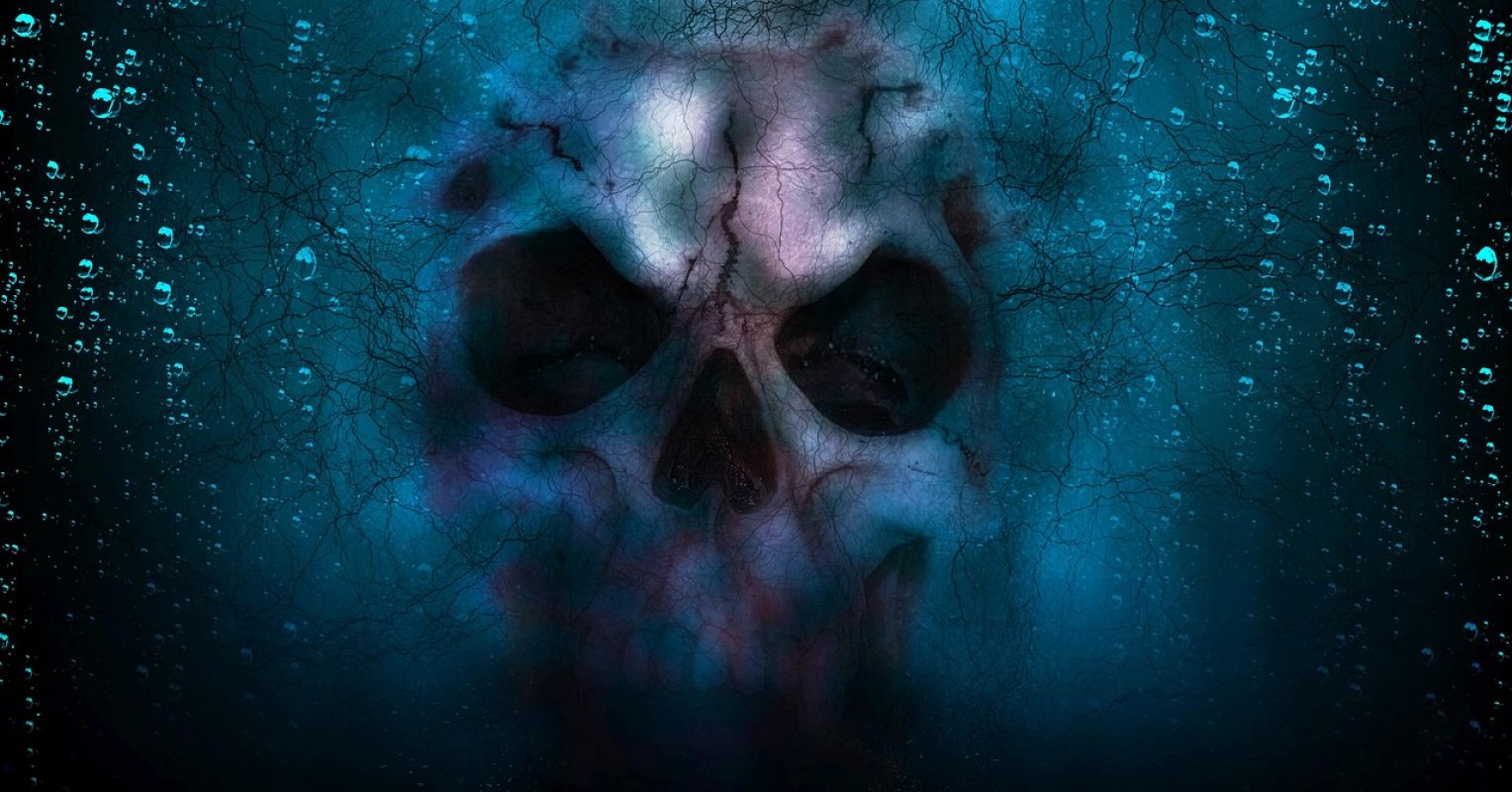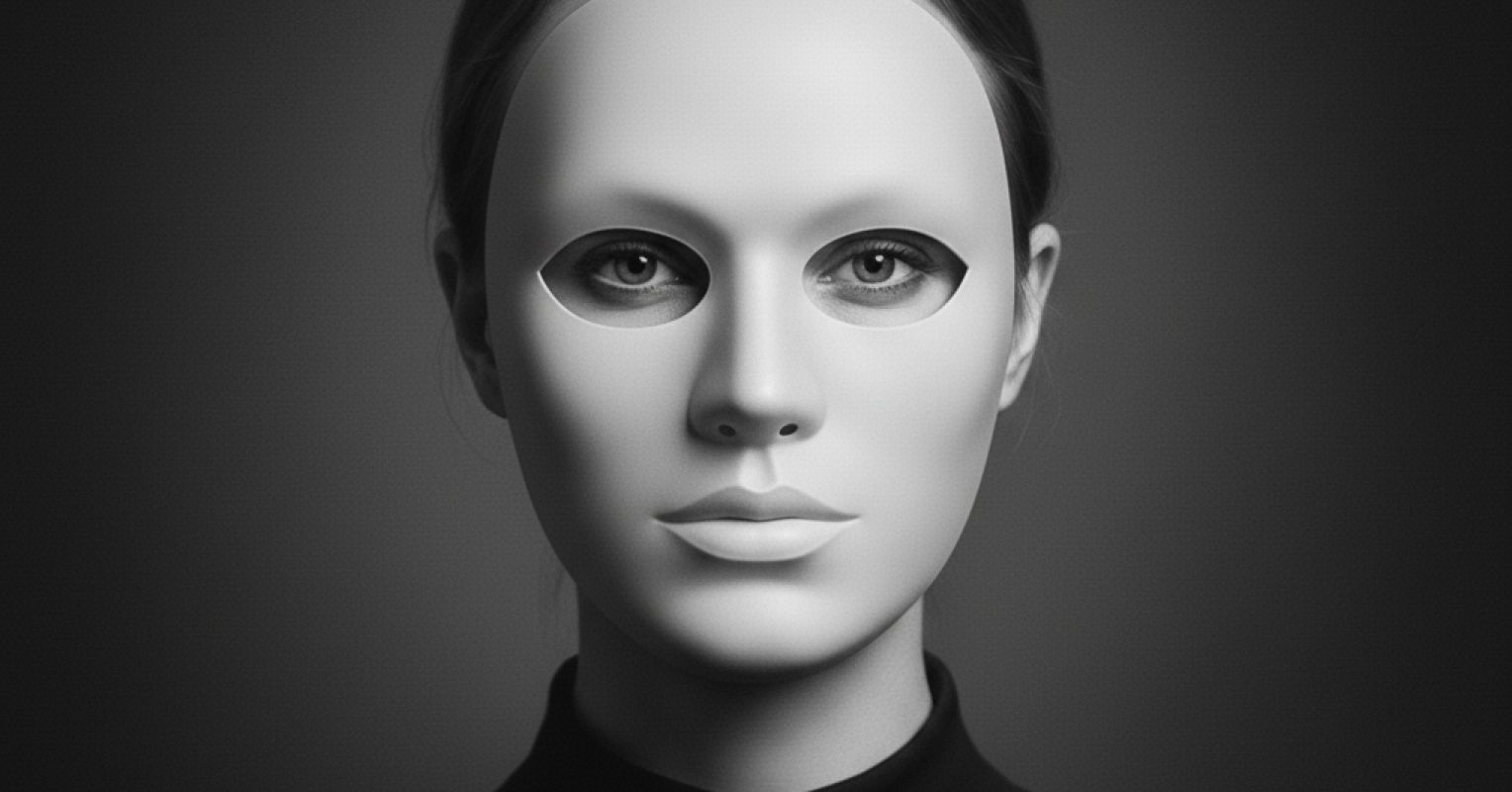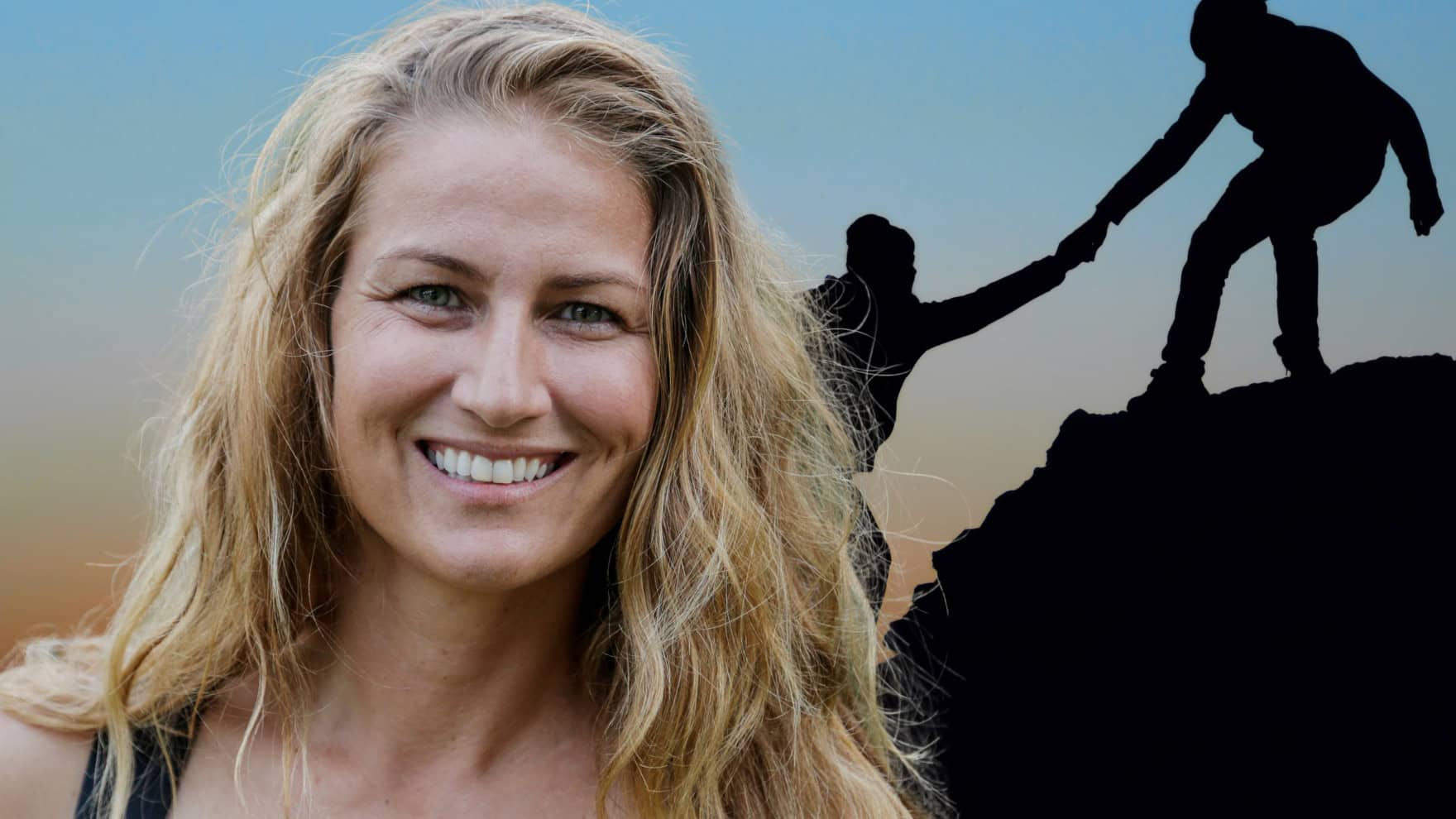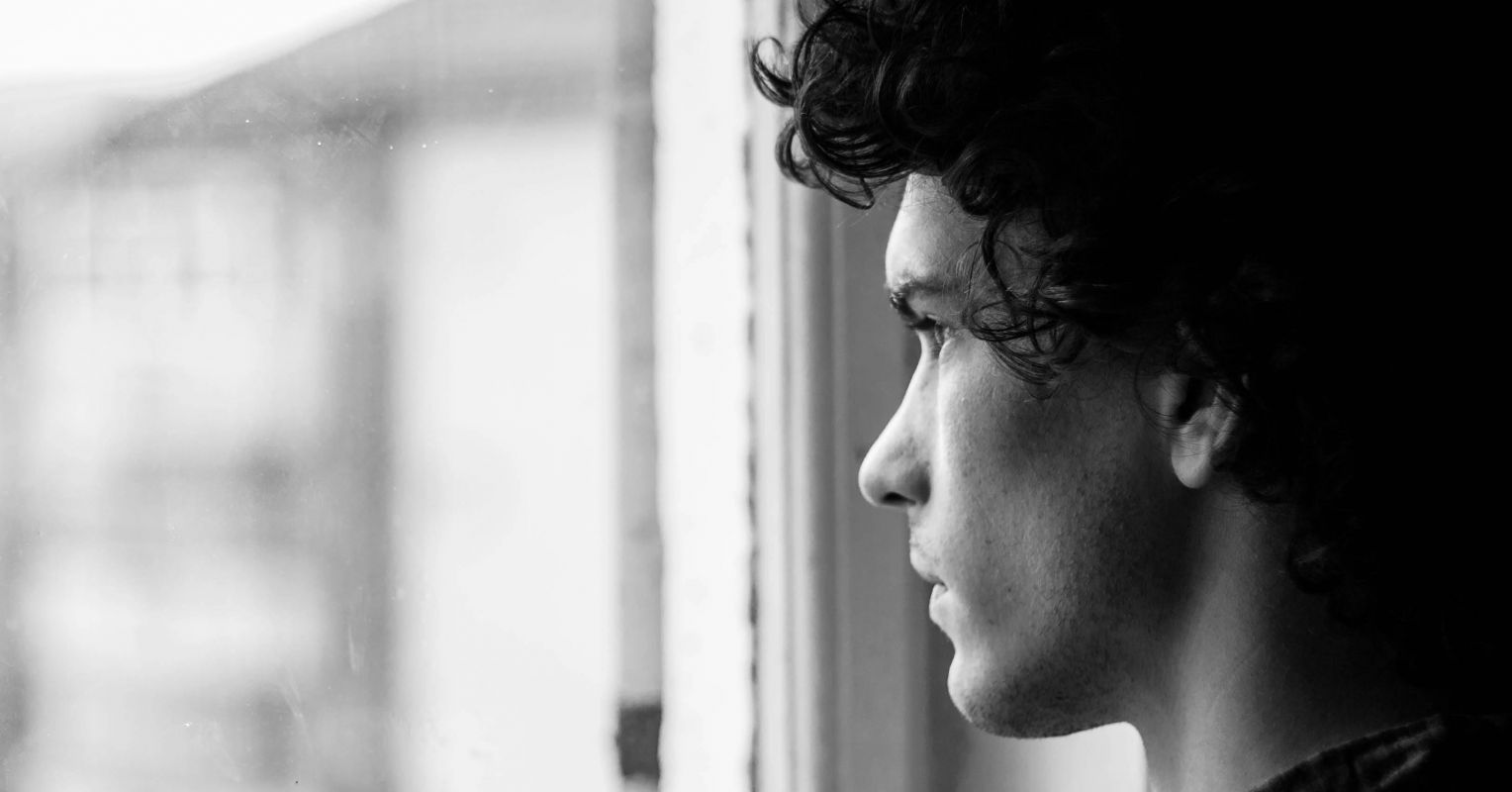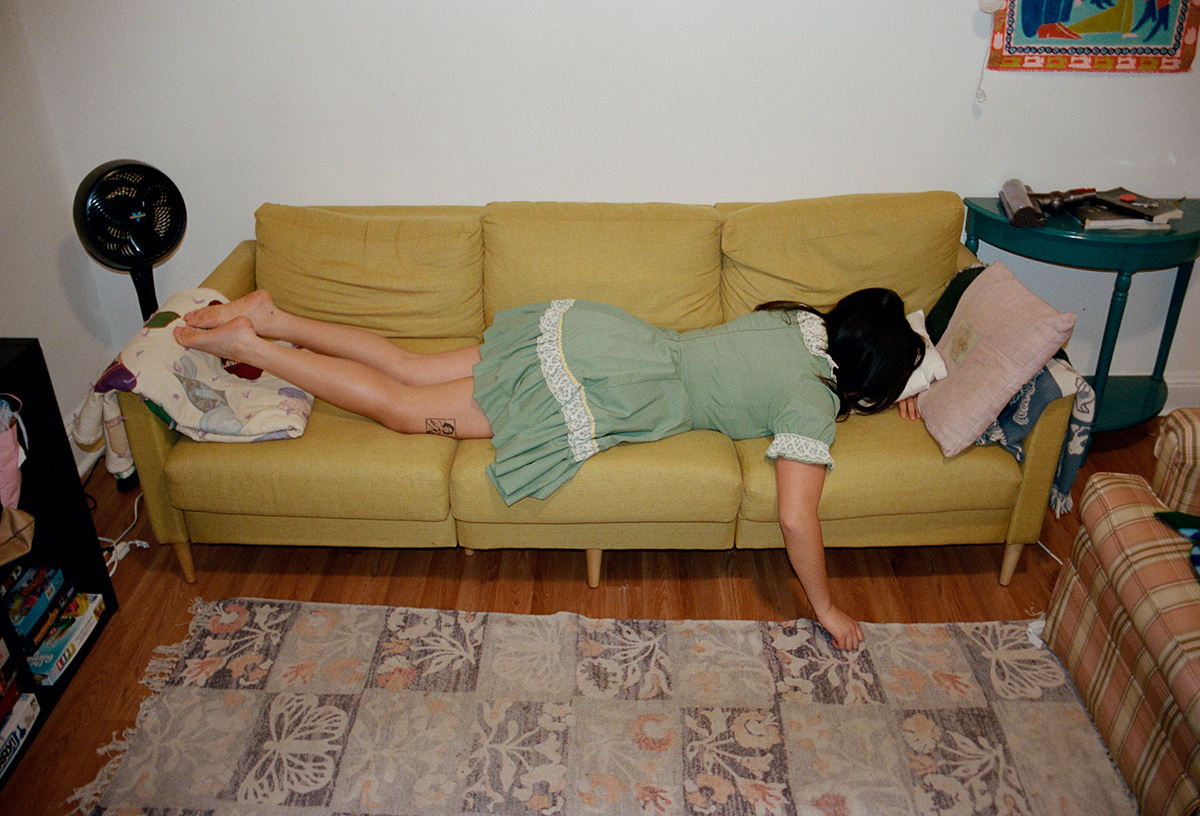#identity
#identity
[ follow ]
#grief #fashion-photography #authenticity #memory #trauma #aging #family-dynamics #boundaries #theatre #immigration
fromwww.kaltblut-magazine.com
4 hours agoCreatures of the Moon
We delve into surrealism to tell the story of a young man grappling with the freedom of his identity and social acceptance. His dreams become a dreamlike atmosphere, offering him an escape from daily oppression. Within this dream world, he encounters a recurring nightmare: the moon creature, a being that embodies everything he wishes to be in real life-free, authentic, and fearless.
Photography
Miscellaneous
fromwww.theguardian.com
1 week agoFrom Bosnia to Brisbane: what child refugee Jasmina Joldic learned about peace, hate and the fragility of society
Nine-year-old Jasmina Joldic discovered her Muslim identity when her father was taken during the Bosnian war, forcing her family to flee to Australia.
Medicine
fromwww.theguardian.com
1 week agoMy cultural awakening: The Lehman Trilogy helped me to live with my sight loss
Retinitis pigmentosa caused progressive tunnel vision, triggering identity loss, social withdrawal, and later emotional reconnection through a theatre experience that restored a sense of seeing.
fromPsychology Today
1 week agoHow to Step Into the Life You Want Today
Around the same time, he was turning 40, so I called to wish him a happy birthday. While we were catching up, he mentioned that he'd been eating healthier and working out consistently. Then he said something that surprised me: "I had a salad for lunch today." My brother has hunted since he was a teenager. Salad was never exactly his go-to meal.
Mental health
fromBusiness Insider
3 weeks agoI became a widow in my 20s. It taught me to say 'yes' more and live every day like it might be my last.
I hovered over the dropdown menu before clicking "widowed." I realized that next year I would be clicking "married." Though I will consider myself both "married" and "widowed" after my coming wedding, the binaries that govern paperwork will not honor this joint identity, erasing a title that I have come to embrace in the past four years since my husband's death.
Mental health
fromwww.kaltblut-magazine.com
3 weeks agoDiagnosis
Diagnosis transforms the clinical aesthetics rooted in Anastasiia Gerasymova's upbringing within a family of doctors into sculptural fashion. Anastasiia Gerasymova is a Ukrainian stylist and sculptural artist based in London, whose work often bridges fashion, art, and personal narrative. Drawing from the visual language of the medical world, precision, sterility, and the tension between care and control, the editorial reinterprets these references through styling and form.
Fashion & style
fromwww.theguardian.com
3 weeks agoFrom underboob dresses to midlife knitwear: the secret psychology of our Vinted wishlists
There are some items that symbolise the gap between the person you want to be and the person you actually are. For me, that item is the leather trouser. Long the reserve of motorcyclists or try-hards (the Guardian in 2020: to buy a pair was to show the world that you were coping very badly with the ageing process), the trousers started to appear everywhere a few years ago.
Fashion & style
fromwww.theguardian.com
4 weeks agoThings That Disappear by Jenny Erpenbeck review a kaleidoscopic study of transience
For while Erpenbeck adopted some of the features of the form apparently throwaway observations on daily life, such as minor irritation at the difficulty of sourcing proper splitterbrotchen, an unpretentious pastry now pimped for a more elaborate and wealthy clientele she consistently enlarged and complicated it. Into that recognisable tone of ennui and mild querulousness with which journalists hope to woo a time-pressed but disenchanted or nostalgic readership, Erpenbeck smuggled metaphysics, politics and history.
Books
Artificial intelligence
fromFast Company
1 month agoSoon, anyone with enough data will be able to build a digital version of themselves. But should they?
AI-created digital twins can replicate a person's voice, writing, and decisions, enabling scaled productivity while raising identity, authenticity, and ethical concerns.
Marketing tech
fromThe Drum
1 month agoWhat if we could start the digital advertising industry again from scratch?
Establish independent global standards, shared nonproprietary IDs, collaborative processes, and consistent measurement to restore transparency, trust, efficiency, and competitiveness in advertising.
fromwww.theguardian.com
1 month agoTell us your unusual name and how it has shaped your life
What's in a name? As people such as Peach, Riot and Aquaman have found, it can change your life for the better, or worse. With this in mind, we would like to hear from people with unusual names about how it affects others' perceptions of you. How has your name shaped your life? Share your experience You can tell us about how your name has shaped your life using this form.
Writing
LGBT
fromPinkNews | Latest lesbian, gay, bi and trans news | LGBTQ+ news
1 month agoFormer Linkin Park frontman's trans child writes beautiful poem to her former self
Draven Bennington, Chester Bennington's transgender child, shared a poem reflecting on transition, identity, and letting go of her former self.
fromFilmmaker Magazine
1 month ago"Every Contact Leaves a Trace" Director Lynn Sachs
Back to selectionEvery Contact Leaves a Trace, its title alluding to a basic principle of forensic science, is the latest cinematic exploration from experimental filmmaker and poet Lynne Sachs. Pairing this concept with seven (of the 600) business cards she's collected over the years, Sachs embarks on an investigation into "how an encounter with someone seeps into your way of thinking" (as she explains in a VO that runs throughout the film).
Film
fromwww.kaltblut-magazine.com
1 month agoBetween Chaos and Control
Between Chaos and Control: A visual exploration that collides punk rebellion with futuristic surrealism. This editorial combines raw human vulnerability, including bruises and scars, with primal expressions, metallic distortions and digital 3D forms. Through this fusion, the series explores the tension between chaos and control, the body and the machine, authenticity and performance. It captures identity not as something fixed, but as a fluid, ever-evolving form shaped by technology and rebellion.
Fashion & style
fromHuffPost
1 month agoI Was A Happily Married Mother Of 4. Then I Met A Woman At Pilates.
I remember the moment it happened - the single spark that set my body aflame. Cecelia stood behind me on the Pilates reformer and pressed her legs into my back, her hands into my shoulders. The strength of her long, lean limbs drove me into submission. Her perfectly-highlighted blonde hair tickled the back of my neck. "Connect your pubic bone to your sternum. Hold it." Her voice was deep, throaty.
LGBT
fromwww.theguardian.com
1 month agoFashion exposes people's desires and anxieties': how much do we really reveal when we get dressed?
the changeable, renewable second skin, that outside the merely practical act as a facade for far more than we know. As Dr Valerie Steele, the curator known as the Freud of fashion, puts it, fashion communicates our unconscious desires and anxieties, with none of us fully aware of the messages we send. From her perspective, far from being superficial, fashion exposes people's desires and anxieties like a psychosomatic rash.
Fashion & style
Cancer
fromIndependent
1 month ago'After brain surgery, will I still be me?': childhood cancer survivor on her uncertain future after the disease returned
Bayveen O'Connell diagnosed with a brain tumour in April and facing surgery in early November, confronting threats to sense of self and bodily autonomy.
fromBusiness Insider
1 month agoWe moved from Seattle to the Boston area so my husband could attend Harvard. Living here hasn't been so easy.
Hayley and Helaman Perry-Sanchez put off their move to Cambridge, Massachusetts, as long as they could. Helaman was accepted to Harvard Business School in 2020, and though he was excited to pursue his MBA, the Perry-Sanchezes weren't as eager to relocate to the East Coast. After meeting and marrying while they were in college in Utah - and subsequently leaving the Mormon church together - Hayley, 27, and Helaman, 29, had found jobs and built a life in Seattle.
Real estate
fromTiny Buddha
1 month agoThe Great Horned Owl That Kicked Me Out of Burnout - Tiny Buddha
I was volunteering in raptor rescue, monitoring eagle nests as the busy season ramped up, juggling consulting work, supporting adoption placements, writing, creating. I was showing up fully in every space except the one I lived in: my body. And yet I refused to let go. I told myself it was just a busy season. That if I could push through, things would calm down. That my exhaustion was noble, temporary, necessary.
Mental health
fromTiny Buddha
1 month agoWhen Your Body Betrays You: Finding Strength in a New Identity - Tiny Buddha
"The wound is the place where the Light enters you." ~Rumi I didn't know what it meant to grieve a body that was still alive until mine turned on me. It began like a whisper-fatigue that lingered, strange symptoms that didn't match, a quiet fear I tried to ignore. Then one night, I collapsed. I woke up in a hospital room I didn't recognize, attached to IVs I hadn't agreed to, surrounded by medical voices that spoke in certainty while I sat in confusion.
Mental health
fromPortland Mercury
1 month agoMovie Review: Bugonia Is a Good Time Yorgos Lanthimos Film
Bodies, for Lanthimos, are ill-fitting shells. Uncomfortable carapaces. We wear them, often awkwardly, because we have to, but we're typically struggling with the urge to take them off, trade them out, or-having failed to control our own-control those of others. Bodies betray us, fall apart, stop working, or inadequately represent our true selves. Maybe, if we're determined enough, we can inhabit a different body by taking someone else's.
Film
Privacy technologies
fromExchangewire
2 months agoIntent IQ's Yoad Shloosh on Privacy-First Advertising, Identity Loss and Attribution
EMEA requires privacy-first, interoperable identity solutions due to GDPR, market fragmentation, and publishers' growing identity signal loss; privacy-led innovation benefits both advertisers and publishers.
fromwww.nytimes.com
2 months agoSue Goldie Has Parkinson's Disease
It starts with a tingle, a tremor, a sense that something is off. Dr. Sue Goldie doesn't recognize the symptoms at first. Maybe she ignores them, wishes them away. It is 2021. She is 59, in the prime of a long teaching career at Harvard. She has just immersed herself in the sport of triathlon. One coach notes something off with her running cadence. Another wonders why her left arm isn't fully lifting out of the water.
Medicine
[ Load more ]



